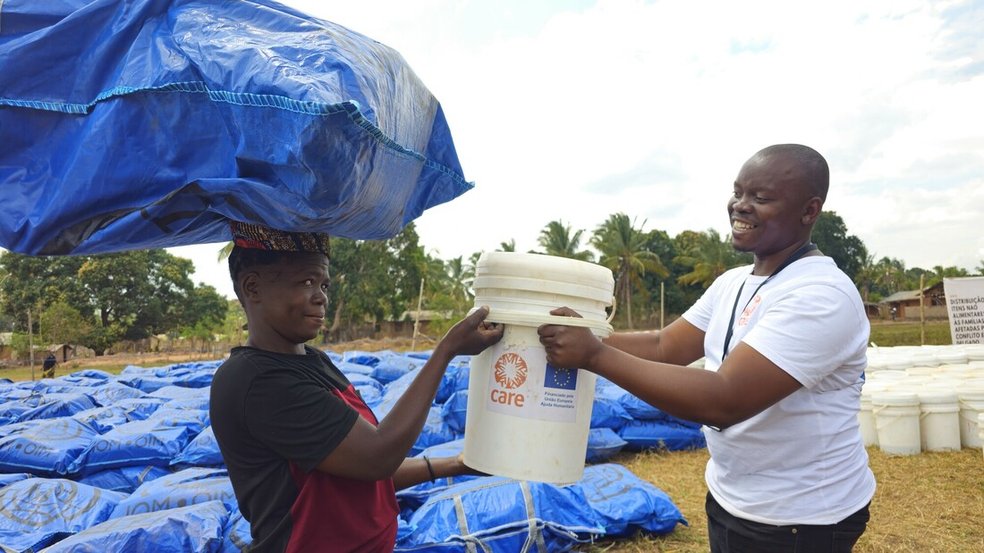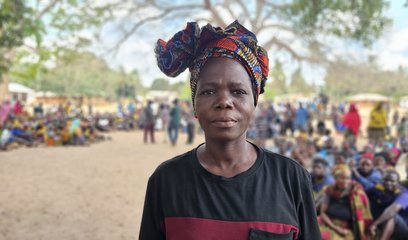-
583 thousand
583,000 people are internally displaced
-
2.8 million
2.8 million people do not have enough to eat
Key facts about Mozambique
- Population: 34,9 million
- Area: 786,380 KM2
- Literacy rate: 59.8%
- Life expectancy: 60 years
Mozambique is known for its beaches: with 2,500 kilometres of coastline on the Indian Ocean, the country is a haven for surfers. In contrast, the tense humanitarian situation, particularly in the northern province of Cabo Delgado, receives little attention.
An ongoing conflict since 2017 has forced many people there to flee and destroyed their livelihoods. 1.7 million people were displaced in the region in 2024 and are dependent on aid. 583,000 have been displaced within the country (as of July 2024). Many of them report death, loss and suffering.
When they came to kill us, we ran and hid in the bush for three days." - Zacarias, Farmer in Mozambique
Violence and displacement
The insecure situation is driving entire villages to flee, but even in safety the need remains great. There is not enough food, water or shelter In addition, infrastructure is being destroyed, income is being lost and people face the effects of trauma.
No food, no medication
Many schools and health facilities in the conflict zone are closed. "Medicines run out quickly, there are no vaccinations and no help with births," reports Zacarias.
Added to this are the consequences of climate change. Cyclones and droughts have destroyed harvests and exacerbated the food situation, especially for children and pregnant women. Food is always in short supply.
Between April and September 2024, 2.8 million people were affected by acute food insecurity. This situation could deteriorate further if reserves are exhausted and the effects of conflict and climate change persist.
Hoping for rain
Farmers have no seed to cultivate their fields. In recent months, Mozambique has been severely affected by the El Niño phenomenon, which has led to a lack of precipitation and an increase in temperatures, resulting in a severe drought. The survival of the population, most of whom rely on agriculture, was put at risk. The need for humanitarian aid increased.
CARE in Mozambique

Together with partner organisations, CARE supports families affected by violence, displacement and the consequences of climate change. The projects aim to increase the resilience of communities by improving shelter, water, sanitation and hygiene and strengthening infrastructure. Participants receive essential relief supplies as well as kitchen utensils and hygiene products.
Even amidst conflict and drought, communities and the women who lead them show inspirational ways to adapt and thrive via locally-rooted savings and loans initiatives that CARE supports. Our work also focuses on emergency relief and disaster preparedness, psychosocial support, services to protect women and children from gender-based violence, and the creation of safe spaces for those affected.
Ten forgotten crises
The CARE Crisis Report is published annually and highlights the ten crises that receive the least media attention. In 2024 Mozambique ranked as the sixth least reported crisis in the world.
